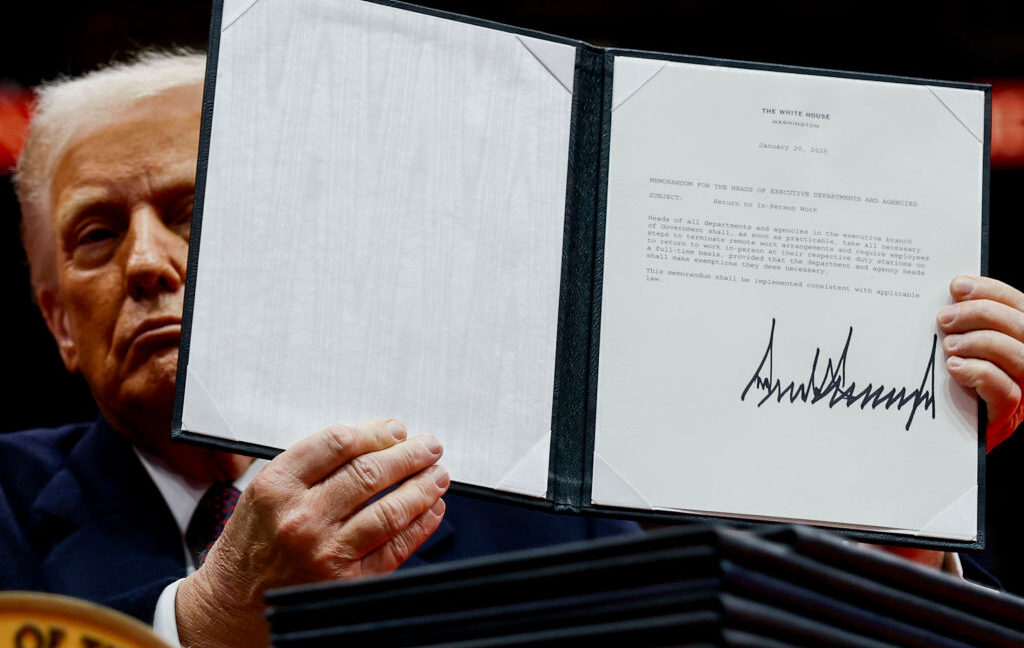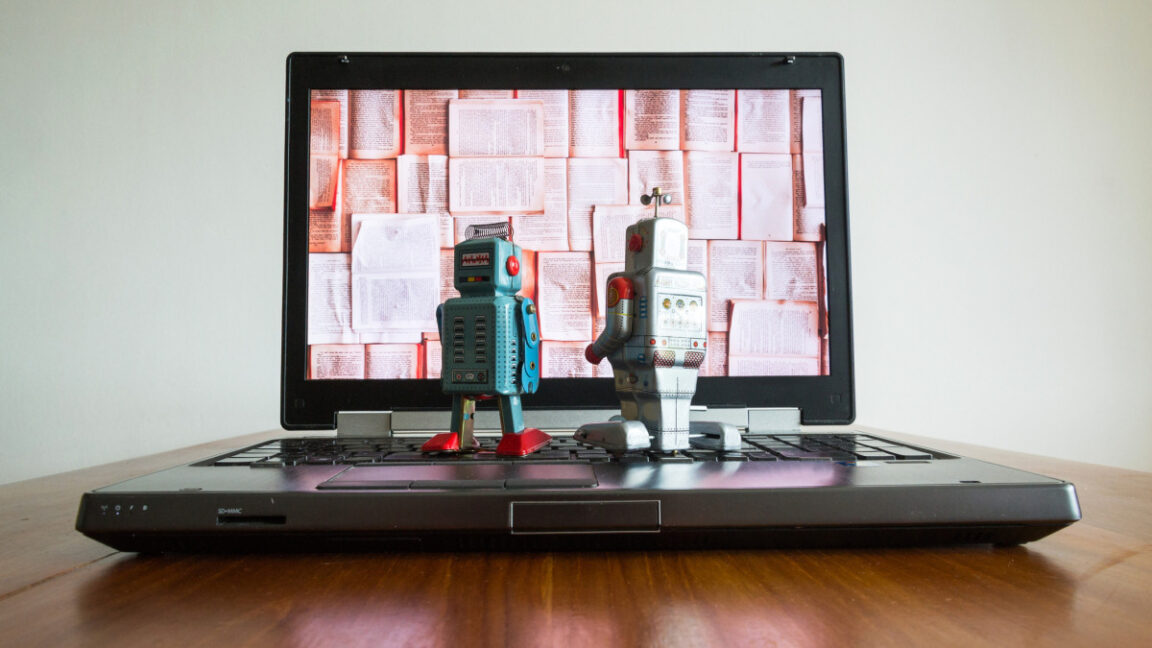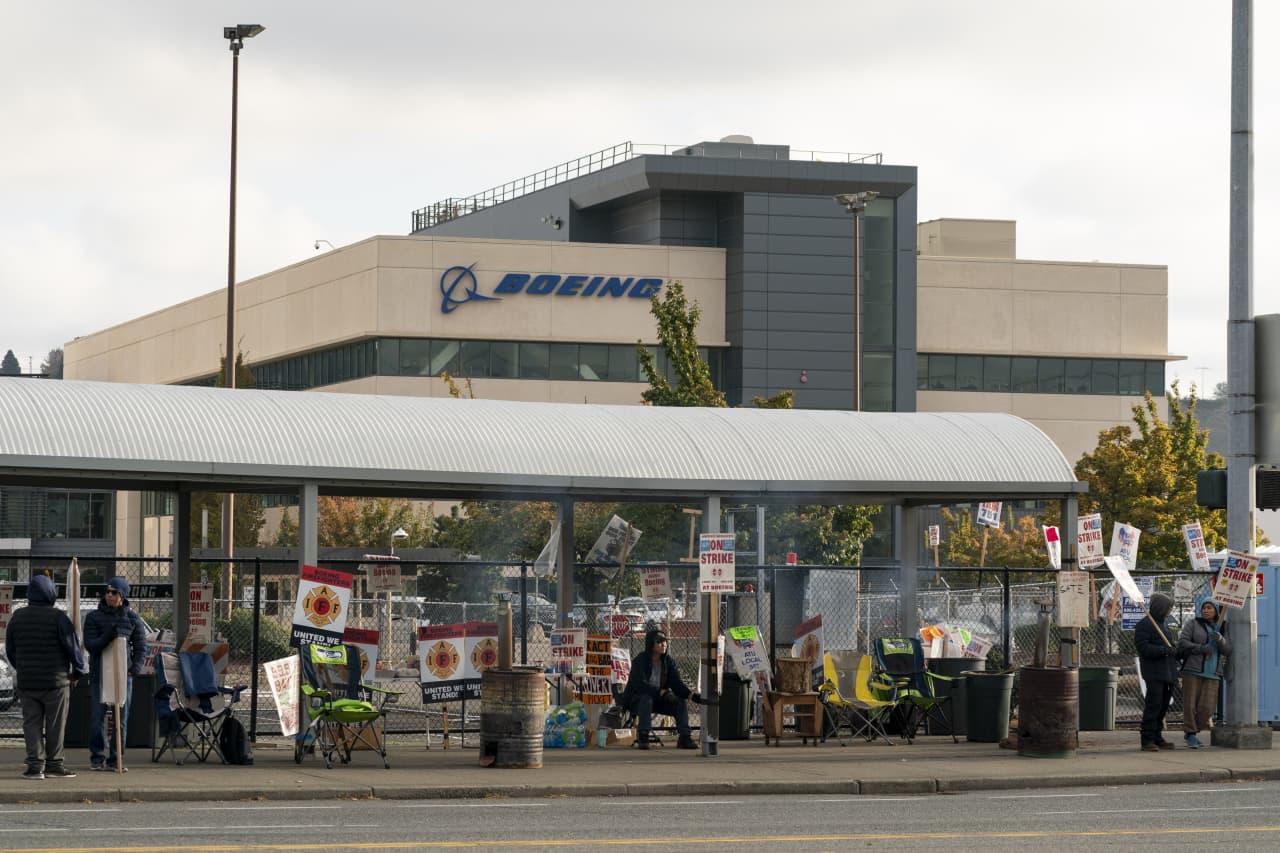Edit Content
Trending






After releasing two developer beta versions last year, Google introduced the first public beta for Android 16 on Thursday. New features include live updates on the lock screen (like Live Activities on iOS), Advanced Professional Video (APV) codec for high-quality video recording, and a framework for developers to make their apps adaptable for different screen sizes and aspect ratios.
For consumers, support for live updates will be the most visible change. Apple introduced Live Activities to show ever-changing updates such as delivery status, workouts, or sports scores with iOS 16 in 2022. Android is now adopting that format to let developers push real-time updates natively with Android 16.
Google is also adding frameworks and tools to make apps more responsive when it comes to design. The company is phasing out size restriction controls for developers, so their apps can look and work better on large screens such as tablets and foldable devices.
Android 16 also gets a new Advanced Professional Video (APV) codec for high-quality video recording and post-processing. The company said that this codec will help creators with faster editing capabilities and features like multi-view video and auxiliary video. This is possibly a direct answer to Apple’s ProRes and ProRes Raw formats.
With APV, the company says that users can expect a “perceptually” lossless quality, which is closer to raw footage. Plus, the codec will support a high bitrate range of footage for up to a few Gbps for 2K, 4K, and 8K.
Google is also adding a way for apps to know if the camera within their app should switch to night mode for better-quality low-light pictures. The company worked with Instagram to bring this feature to users of select devices last year.
Android 16 will also bring improvements on the accessibility front, with a new required field indicator in the APIs. Thanks to this new feature, apps can tell the user that a specific field is mandatory. Google said this could also be useful for situations where users need to check the terms and conditions box.
Google took a different approach with Android 16 by releasing the first developer preview in November instead of Q1 2025. The company wanted to accelerate the update cycle of the Android release by shipping the final version in Q2 rather than Q3 and shipping a minor update later in the year. This is Google’s effort to ensure that device makers have enough time to issue updates and reduce the fragmentation of software versions across different devices.
©2024. Livebuzznews. All Rights Reserved.